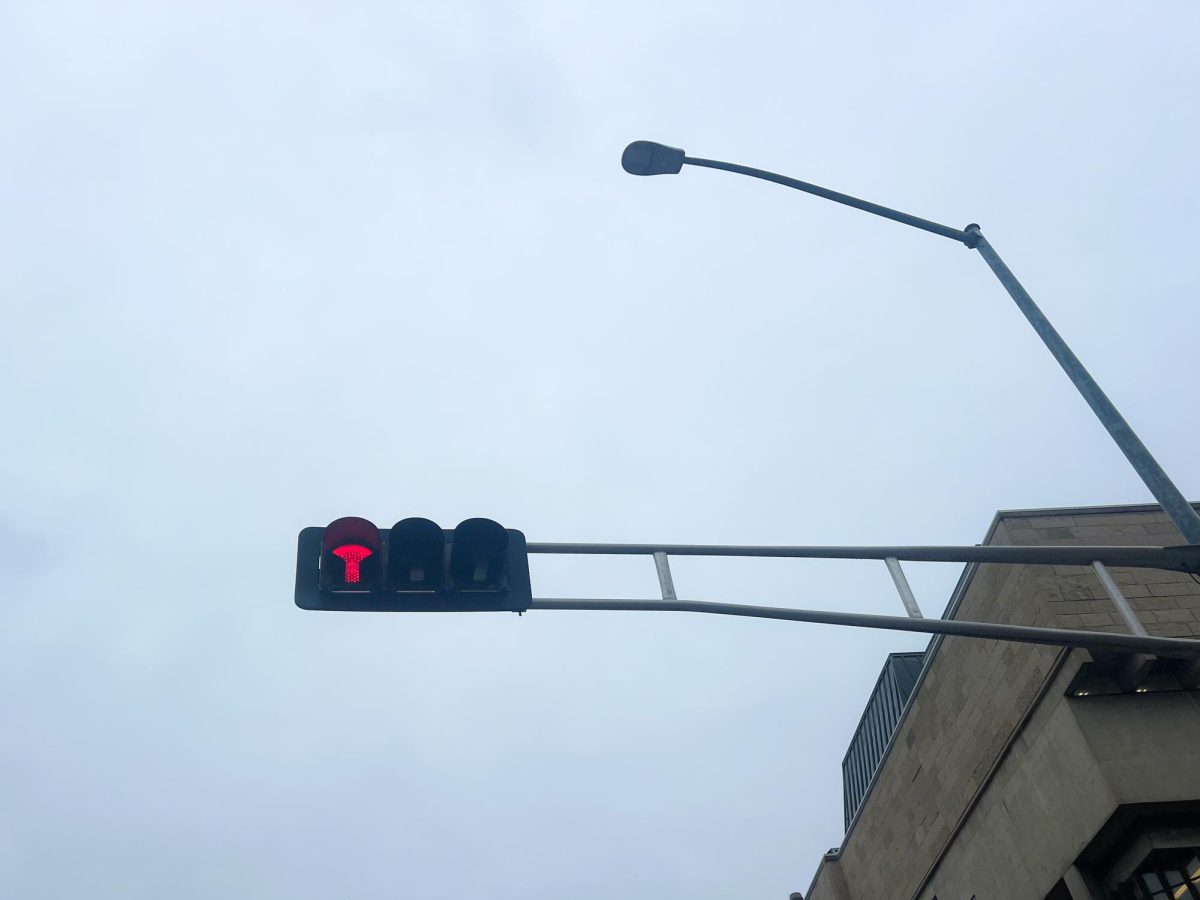[media-credit name=”Megan McCormick” align=”alignleft” width=”540″] [/media-credit]After two students were found alone and unconscious with blood alcohol content levels registering more than .30 percent last weekend, officials are cautioning students about extreme binge drinking.
[/media-credit]After two students were found alone and unconscious with blood alcohol content levels registering more than .30 percent last weekend, officials are cautioning students about extreme binge drinking.
UW students are drinking to higher and more dangerous levels than they have in the past, University of Wisconsin Police Department spokesperson Marc Lovicott said.
During Freakfest weekend, officers found an unconscious, 18-year-old student passed out at about 12:30 a.m. Saturday near the intersection of University Avenue and Breese Terrace. A police report said the student’s BAC was .36, and he was vomiting in police custody.
Police also found a 20-year-old student unconscious and lying in his own vomit at the corner of University Avenue and East Campus Mall around 10:30 p.m. Saturday. His BAC registered at .351.
Lovicott said that without the help of “good Samaritans” who found the individuals, the incidents could have turned out much differently and perhaps much worse.
“It’s concerning,” Lovicott said. “Because years ago if we got a .20 or higher that was considered extremely high or dangerous. So, we’ve reached another threshold. And [BAC levels above .30] are extremely dangerous levels in which individuals could die.”
Laura Smith, Health First Wisconsin spokesperson, said the issue of dangerous drinking has been prevalent in Wisconsin for a long time, and the organization is working to change Wisconsin’s “alcohol culture.”
Smith cited a report compiled by UW researchers and Health First, titled “The Burden of Excessive Alcohol Use in Wisconsin,” which found extensive costs associated with this drinking culture to the state.
The report said the total cost to the state for excessive alcohol use in 2011 was $6.8 billion a year. The report also estimated the total cost of “binge drinking” to Dane County alone was about $654.8 million a year.
Lovicott said there are also even more serious costs to students for drinking to such levels.
“These individuals are unconscious,” Lovicott said. “They’re vomiting, and these are really seriously high levels in which some would argue…that you can die from intoxication level this high. That’s what we’re concerned about.”
Lovicott said police have seen other cases this year with students that have BACs of more than .30. He added as students’ BAC levels have increased to this point, police feel they need to put out even more information on understanding and preventing drinking to such extreme levels.
Lovicott said although UW is not alone in its struggles with this type of dangerous drinking, the drinking culture in Madison is real, and police know excessive drinking is a large part of the student experience.
According to the “Burden of Excessive Alcohol Use” report, Dane County alone had 98 alcohol-related deaths and 5,824 alcohol-related arrests in 2011 alone. The cost of excessive drinking was about $1,341 per Dane County resident, the report said.
“Underage drinking is a huge problem, and we want to reduce that, as well as the problem of excessive drinking that permeates throughout the state,” Smith said.
The report said the costs of drinking have ripple effects through the Wisconsin economy in the form of higher insurance rates, diverted government spending to address substance abuse-related crimes and consequences, lost economic output and higher health care costs.
The report said all taxpayers bear these costs, not just those who are excessive drinkers themselves.
Lovicott said students can work to prevent dangers associated with binge drinking on a personal level. He advised students to remember they will not be given citations by the police or sanctions from the university for calling for help for a friend in trouble, even if they are also intoxicated.
He added sticking together is the best thing students can do to help their friends and themselves.
“What’s really disturbing…is that not only we’re these individuals found unconscious, but they were found alone unconscious,” Lovicott said. “If you’re with an individual who clearly had too much to drink, the worst thing to do is let them go alone.”












